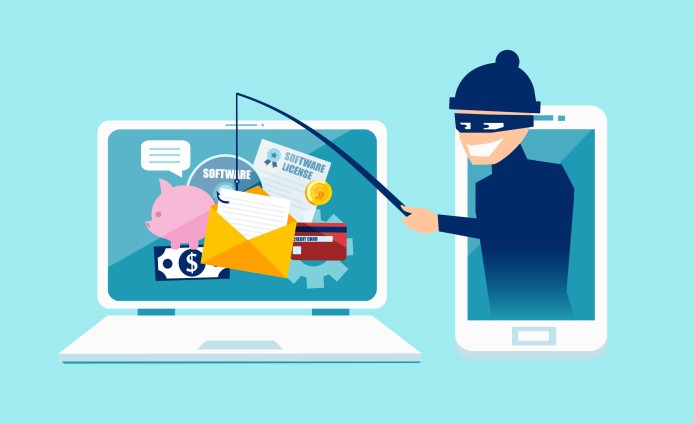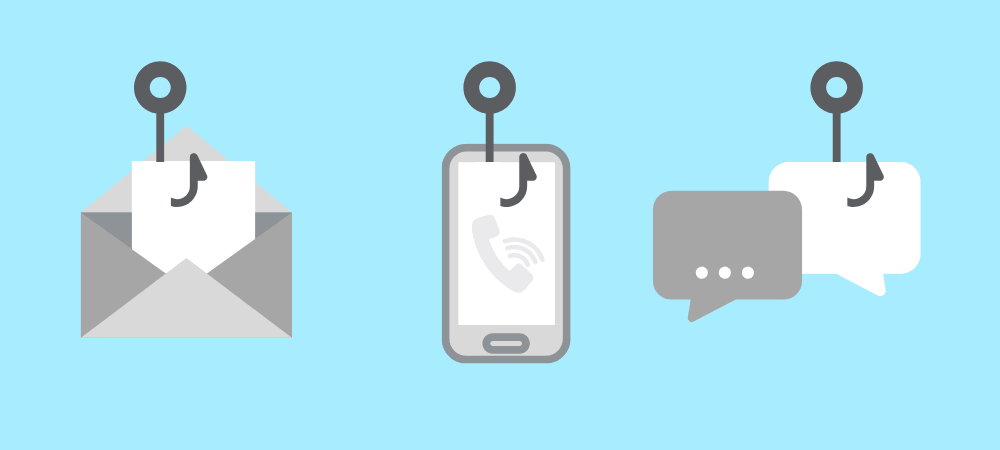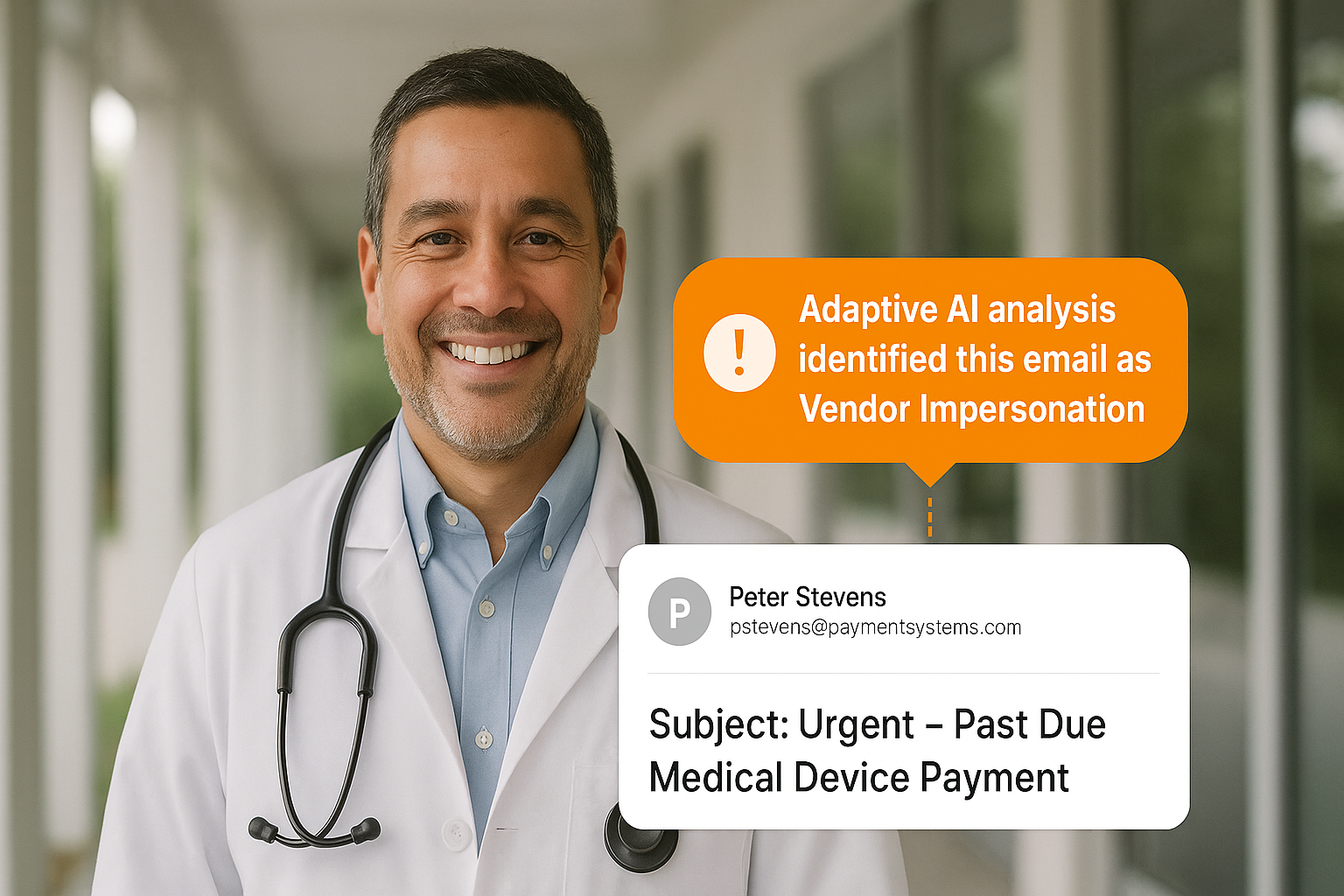Table of Contents
If you haven't given your Healthcare IT teammate a hug or a high five lately, you owe them one.
Healthcare IT Admins are fighting a war on multiple fronts. While you're managing digital transformation, ensuring uptime for critical care systems, and navigating complex compliance requirements, threat actors have fundamentally changed their playbook. The result? Healthcare organizations are experiencing some of the most devastating and costly breaches on record—with email as the primary attack vector.
The Perfect Storm: Numbers That Demand Action
The threat landscape has shifted dramatically in just the past year, and healthcare sits squarely in the crosshairs. According to the 2025 Verizon Data Breach Investigations Report, third-party involvement in breaches doubled year-over-year to 30%—a critical concern for healthcare's interconnected supply chains. Meanwhile, CrowdStrike's 2025 Global Threat Report reveals that 79% of initial access attempts are now malware-free, with voice-phishing attacks surging 442% from the first to second half of 2024.
Perhaps most concerning: Palo Alto Networks' Unit 42 Incident Response Report found that 86% of incidents resulted in business disruption, with a median time from compromise to data exfiltration of just two days—and in 25% of cases, exfiltration occurred within five hours.
For healthcare specifically, the financial and operational stakes couldn't be higher. IBM's Cost of a Data Breach 2024 Report pegs the average healthcare breach cost at $9.77 million—the highest of any industry tracked. The 2025 Verizon DBIR adds another sobering dimension: ransomware appeared in 44% of all breaches, with attackers increasingly combining encryption, data theft, and operational disruption to maximize pressure on healthcare organizations that simply cannot afford extended downtime.
Why Healthcare's Unique Challenges Create Perfect Attack Conditions
Patient Safety Can't Wait for Patches
As a Chief Medical Officer or clinical leader, your primary concern is uninterrupted access to clinical systems. You can't pause patient care for lengthy security updates or containment procedures. IBM found that 70% of breached organizations experienced significant business disruption, but in healthcare, "significant disruption" can literally mean life or death. When email impersonation attacks target physicians requesting urgent transfers or lab results, the consequences extend far beyond financial loss.
Your Supply Chain Is Your Attack Surface
For CIOs and VP-level IT leaders, the operational reality is stark: business associates connecting to clinical and revenue-cycle systems create an expanded attack perimeter that traditional email security can't adequately protect. The Verizon DBIR's finding that third-party involvement doubled isn't just a statistic—it's a reflection of how interconnected healthcare delivery has become. When your trusted lab partner's email gets compromised, those "legitimate" communications become delivery mechanisms for credential theft and ransomware staging.
Legacy Infrastructure Meets Modern Threats
Clinical networks and edge devices are notoriously difficult to update, yet the 2025 Verizon DBIR shows vulnerability exploitation jumped 34% to 20% of breaches. Median remediation time for edge-device vulnerabilities was 32 days, while attackers exploit them within days or faster. Your compliance officers and risk management teams understand that every unpatched system represents potential HIPAA violations and audit failures.
Resource Constraints Compound Everything
CFOs and procurement leaders face a harsh reality: more than half of breached healthcare organizations report severe staffing shortages, and IBM correlates this skills gap with $1.76 million in additional breach costs. Security awareness coordinators and HR teams are tasked with transforming overworked clinical staff into a defensive layer, but traditional training approaches aren't keeping pace with today's sophisticated social engineering.
The New Healthcare Threat Playbook
Today's attackers have largely abandoned traditional malware in favor of identity-driven techniques that exploit the trust relationships healthcare relies on:
Advanced Business Email Compromise (BEC) has evolved beyond simple wire fraud. Attackers now impersonate physicians requesting urgent patient transfers, CFOs approving last-minute vendor payments for critical medical supplies, or business associates sending "routine" invoice changes that redirect thousands of dollars. These attacks leverage valid accounts and trusted relationships, using natural language processing to craft messages that bypass traditional email security.
Vendor Email Compromise (VEC) creates trusted attack vectors. When your lab partners, equipment suppliers, or revenue cycle companies are compromised, their "legitimate" communications become delivery mechanisms for fraud and credential theft—bypassing most security controls entirely while maintaining the appearance of normal business operations.
Voice-Phishing (Vishing) Targets Your Help Desk. That 442% surge in vishing attacks often targets help desk workflows to reset credentials or enroll new authenticators for "clinicians who lost their phones" or "new hires who need urgent access." Once inside, attackers pivot into EHR systems, billing platforms, and patient databases.
Speed Kills Response Times. With median breakout times now under 48 minutes and exfiltration happening within hours, traditional incident response timelines are obsolete. Healthcare organizations need automated detection and response that works at machine speed, not human speed.
Rethinking Email Security for Healthcare Realities
The solution isn't more signatures or better sandboxes—it's understanding that modern email threats exploit relationships, trust, and communication patterns that are fundamental to healthcare operations.
Social Graphing for Healthcare Communications
Advanced email security now builds behavioral baselines for each user's communication patterns using Natural Language Understanding (NLU) and Natural Language Processing (NLP). This catches the "vendor" that suddenly changes payment instructions, the physician request sent at an odd hour with atypical phrasing, the lab result attachment delivered from a never-before-seen domain, or the purchasing change from a partner that breaks normal communication patterns.
For healthcare, this means protection that understands your clinical workflows—recognizing when a "routine" patient transfer request actually represents a BEC attempt, or when billing communications deviate from established patterns with trusted partners.
True BEC and Ransomware Defense in Depth
Purpose-built protection combines Adaptive AI with human insights from a large community of security professionals to find and remove VIP impersonation, vendor spoofing, and credential harvesting attempts in real-time. The system continuously learns from attack patterns across healthcare organizations, building intelligence that benefits the entire community.
Streamline Operations While Maintaining Trust
Modern email security eliminates the operational friction that comes with constant threat uncertainty. By automatically removing malicious emails and providing clear risk indicators on legitimate but suspicious communications, Adaptive AI reduces the time clinical and administrative staff spend second-guessing email authenticity. This means faster decision-making on critical communications—whether it's PHI transfers, billing coordination, or vendor interactions—without the productivity drain of manual email verification processes.
Reinforce Healthcare's Frontline of Defense
Dynamic, bite-sized Security Awareness Training (SAT) and customized phishing simulations ensure clinicians are trained on the most critical threats affecting healthcare workers. Unlike generic cybersecurity training, these programs focus on healthcare-specific attack scenarios: fraudulent medical supply invoices, fake physician credential requests, or impersonated lab results.
Fast Track Compliance Without Business Interruption
Modern email security supports HIPAA Security Rule §164.308(a)(5) requirements for ongoing security awareness and training programs while protecting email-based healthcare communications. With SOC 2 Type 2 and ISO 27001 certifications, the platform provides the audit trails and control effectiveness evidence that compliance officers need, while automated remediation ensures minimal disruption to clinical workflows.
The Path Forward: Action Items for Healthcare IT Leaders
As you build your 2025-2026 security strategy, prioritize controls that address the actual intrusion patterns targeting healthcare:
For CMOs and Clinical Leadership: Demand email security solutions that understand clinical communication patterns and can differentiate between legitimate urgent requests and impersonation attacks. Patient safety depends on communication integrity.
For CIOs and IT Leadership: Implement identity-centric email defense that works within existing infrastructure without disrupting mail flow during deployment. Look for API-based solutions that integrate seamlessly with Microsoft 365 and Google Workspace without requiring MX record changes.
For Compliance and Risk Officers: Ensure your email security solution provides the audit trails, training documentation, and control effectiveness evidence needed for HIPAA compliance while automating response to compress remediation times from days to minutes.
For CFOs and Procurement Teams: Calculate the ROI of advanced email security against the $9.77 million average cost of healthcare breaches. Look for solutions that provide measurable threat detection metrics and reduce the burden on existing IT staff.
Ready to Transform Your Healthcare Email Security?
The question isn't whether your organization will be targeted—it's whether you'll be ready to protect patient care, prevent business disruption, and maintain the trust that healthcare depends on when it happens.
IRONSCALES provides healthcare organizations with the advanced email security, compliance support, and operational efficiency needed to defend against today's sophisticated threats while maintaining the seamless communication that patient care demands.
Discover how IRONSCALES can strengthen your healthcare email security →
Explore More Articles
Say goodbye to Phishing, BEC, and QR code attacks. Our Adaptive AI automatically learns and evolves to keep your employees safe from email attacks.

/Concentrix%20Case%20Study.webp?width=568&height=326&name=Concentrix%20Case%20Study.webp)












.webp?width=100&height=100&name=PXL_20220517_081122781%20(1).webp)

